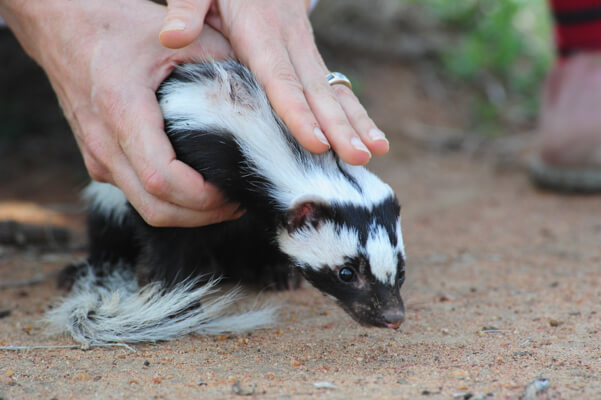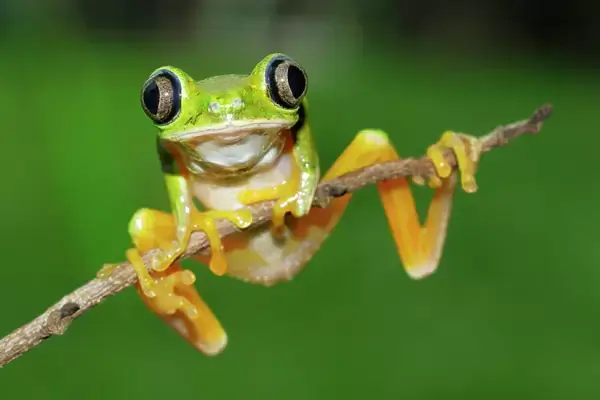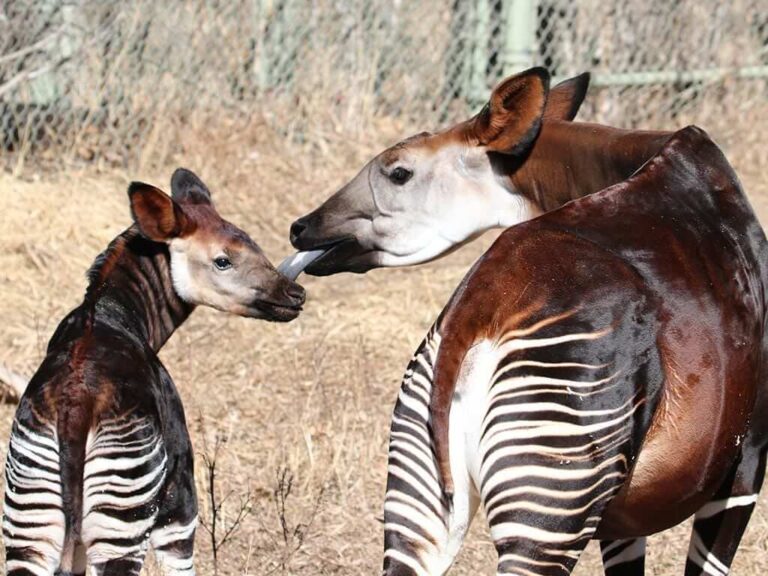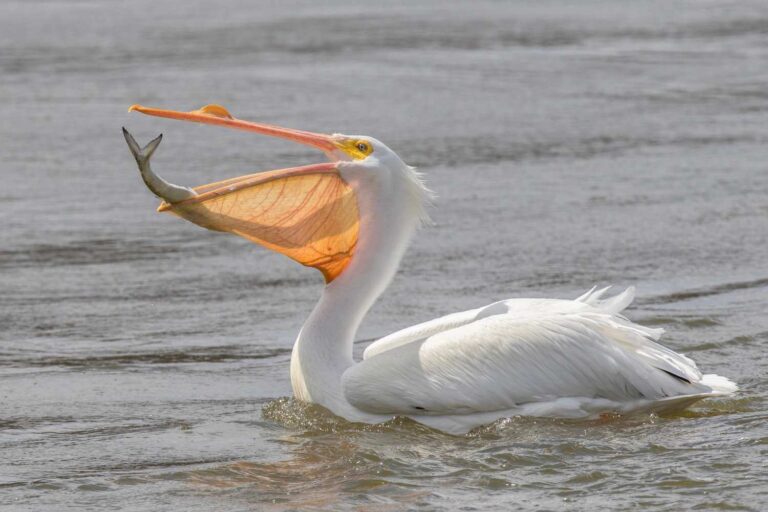Top Animals That Start with F: Fascinating Wildlife Guide
Regarding the fascinating world of wildlife, the letter “F” introduces us to a diverse group of animals, each with unique characteristics, behaviors, and roles in their respective ecosystems, from the familiar and friendly to the exotic and elusive, animals that start with the letter “F” range from domestic favorites like Frogs to the captivating Fennec Foxes of the desert. Whether you are a student, a wildlife enthusiast, or a curious mind, learning about these animals is enlightening and entertaining.
This article will explore a comprehensive list of animals that start with F, highlighting their distinctive traits, natural habitats, diets, and behaviors. You will discover everything from the mighty Falcon soaring high in the sky to the quirky and social Ferret in homes and pet shops worldwide. By diving into this alphabetical adventure, you’ll better appreciate these unique creatures and their contributions to our planet’s biodiversity.
Contents
- 1 Alphabetical List of Animals That Start with F
- 2 Why Learn About Animals That Start with “F”?
- 3 Exploring the World of “F” Animals
- 4 Top 10 Animals That Start With F
- 5 1. Fox
- 6 2. Flamingo
- 7 3. Fennec Fox
- 8 4. Ferret
- 9 5. Fossa
- 10 6. Flying Fish
- 11 7. Frigatebird
- 12 8. Falcon
- 13 9. Fire Salamander
- 14 10. Flying Squirrel
Alphabetical List of Animals That Start with F

| Fainting Goat | Fire-Bellied Toad | Fox |
| Fairy-Wren | Firefly | Fox Snakes |
| Falcon | Firefly Ball Python | Fox Squirrel |
| Fallow Deer | Fish | Fox Terrier |
| False Cobra | Fisher | Freeway Ball Python |
| False Coral Snake | Fishing Cat | French Bulldog |
| False Killer Whale | Fishing Spiders | French Bulldog Mix |
| False Water Cobra | Flamingo | French Lop |
| False Widow Spider | Flat-Coated Retriever | Frenchton |
| Fancy Mouse | Flathead Catfish | Frengle |
| Fangtooth | Flea | Freshwater Crocodile |
| Feather Star | Flea Beetle | Freshwater Drum |
| Feist | Fleckvieh Cattle | Freshwater Eel |
| Fennec Fox | Florida Gar | Freshwater Jellyfish |
| Fer-de-lance Snake | Florida Mouse | Freshwater Sunfish |
| Ferret | Florida Panther | Frigatebird |
| Ferruginous Hawk | Florida Woods Cockroach | Frilled Lizard |
| Fiddler Crab | Flounder | Frilled Shark |
| Field Cuckoo Bumblebee | Fluke Fish (Summer Flounder) | Fritillary Butterfly |
| Field Spaniel | Fly | Frizzle Chicken |
| Fierce Snake | Flycatcher | Frog |
| Figeater Beetle | Flying Fish | Frogfish |
| Fila Brasileiro | Flying Lemur | Frug |
| Fin Whale | Flying Snake | Fruit Bat |
| Finch | Flying Squirrel | Fruit Fly |
| Finnish Lapphund | Football Fish | Fulvous Whistling Duck |
| Finnish Spitz | Forest Cobra | Fur Seal |
| Fire Ball Python | Forest Cuckoo Bumblebee | Furrow Bee |
| Fire Eel | Formosan Mountain Dog | Fire Salamander |
| Fossa |
Why Learn About Animals That Start with “F”?
Understanding different animal species broadens our knowledge of the natural world, emphasizing the importance of conservation and the need to protect these species and their habitats. By learning about animals starting with “F,” you can appreciate their roles in their ecosystems, understand their behaviors, and gain insights into their conservation status and efforts to protect them.
Exploring the World of “F” Animals
Our journey will cover many animals, from birds and mammals to reptiles and amphibians. Each animal will be described in detail, including its physical attributes, diet, habitat, behavior, and conservation status. We will also discuss exciting facts and lesser-known details that make each species unique.
This guide will be a valuable resource for educators, parents, and students, helping them better understand the animal kingdom and inspiring a love for wildlife and nature conservation.
More animals that start with: A | B | C | D | E | F | G | H | I | J | K | L | M | N | O | P | Q | R | S | T | U | V | W | X | Y | Z
Top 10 Animals That Start With F
1. Fox
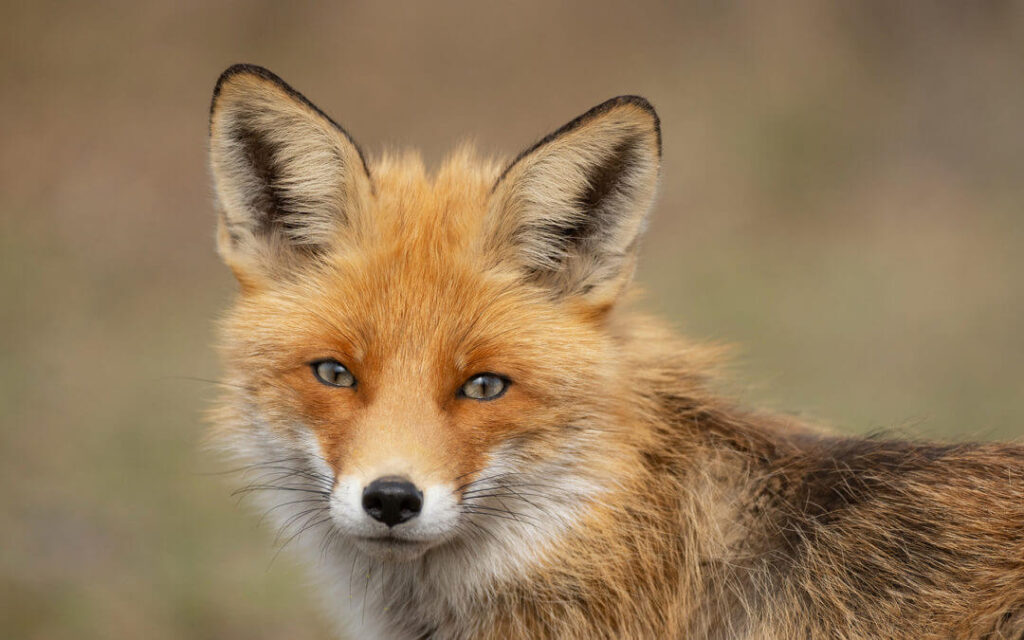
Quick Facts:
- Scientific Name: Vulpes vulpes
- Habitat: Forests, grasslands, mountains, and urban areas
- Diet: Omnivorous (small mammals, fruits, insects)
- Lifespan: 2-4 years in the wild
Foxes are cunning and adaptable creatures that can thrive in various environments. Known for their reddish fur and bushy tails, foxes have become symbols of intelligence and agility. These nocturnal animals are skilled hunters and scavengers, using their sharp senses to navigate their surroundings.
Foxes play a crucial role in maintaining balance in ecosystems, helping control rodent populations and dispersing seeds from the fruits they eat.
Related: Fox Names
2. Flamingo

Quick Facts:
- Scientific Name: Phoenicopterus
- Habitat: Shallow lakes, lagoons, mangrove swamps
- Diet: Algae, crustaceans, plankton
- Lifespan: 20-30 years
With their striking pink feathers and elegant posture, flamingos are among the most recognizable birds in the world. Their distinctive color comes from the carotenoid pigments in their diet. Often found in large flocks, flamingos are social animals that thrive in wetland habitats.
Beyond their beauty, flamingos play a role in the health of aquatic ecosystems, acting as both predators and prey within the food chain.
3. Fennec Fox

Quick Facts:
- Scientific Name: Vulpes zerda
- Habitat: Deserts of North Africa
- Diet: Insects, small mammals, birds
- Lifespan: 10-14 years in captivity
The fennec fox is the smallest species of fox, known for its large ears and nocturnal lifestyle. These ears enhance their hearing and help dissipate heat in the hot desert environment. Fennec foxes are incredibly resilient and can survive on minimal water, making them well-adapted to arid landscapes.
4. Ferret
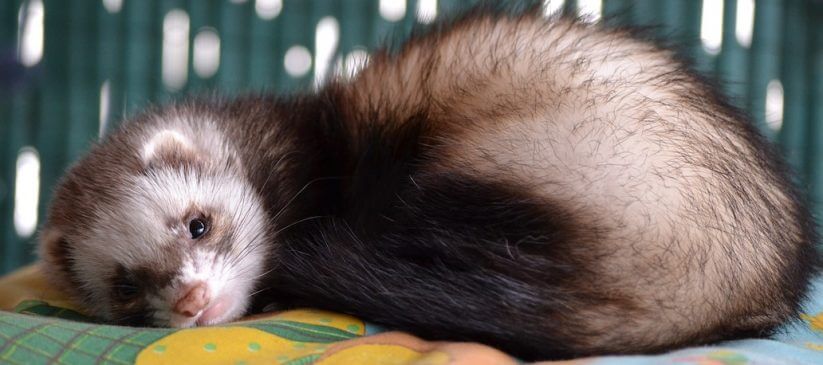
Quick Facts:
- Scientific Name: Mustela putorius furo
- Habitat: Domesticated but historically found in Europe
- Diet: Carnivorous (small animals like rodents)
- Lifespan: 5-10 years
Ferrets are domesticated relatives of the weasel family and have been used by humans for centuries to hunt rabbits. Their slender bodies and curious nature make them excellent hunters. Today, they are popular pets known for their playful and mischievous behavior.
Ferrets’ domestication and use in pest control have made them a valuable animal in human history.
Related: Ferret Names
5. Fossa

Quick Facts:
- Scientific Name: Cryptoprocta ferox
- Habitat: Forests of Madagascar
- Diet: Carnivorous (lemurs, birds, small mammals)
- Lifespan: Up to 20 years in captivity
The fossa is a top predator in Madagascar, resembling a cross between a cat and a mongoose. As the island’s largest carnivore, it plays a vital role in maintaining the balance of the ecosystem by controlling lemur populations. Agile and powerful, fossas are both tree-dwellers and ground hunters, using their flexible bodies to navigate dense forests.
6. Flying Fish

Quick Facts:
- Scientific Name: Exocoetidae
- Habitat: Oceans worldwide, typically in warm waters
- Diet: Plankton, small crustaceans
- Lifespan: 5 years
Flying Fish are known for their ability to glide above the water’s surface, using their elongated fins like wings. This incredible adaptation helps them escape predators such as dolphins and larger Fish. These marine animals are fascinating examples of how evolution allows species to survive in hostile environments.
7. Frigatebird
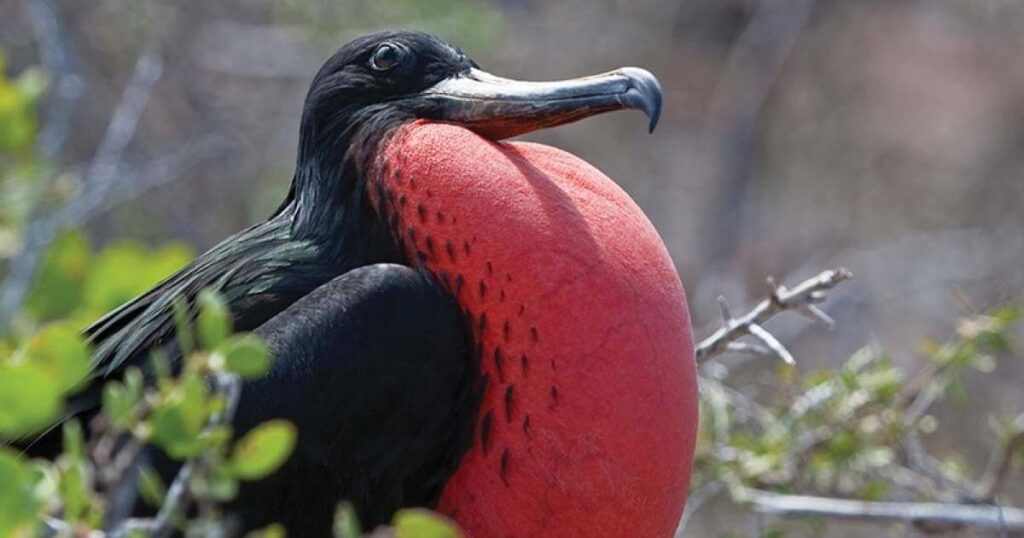
Quick Facts:
- Scientific Name: Fregata
- Habitat: Tropical and subtropical oceans
- Diet: Fish and squid, often stolen from other birds
- Lifespan: Up to 40 years
Frigatebirds are known for their long wings and aerial prowess, spending weeks in flight without landing. Males are famous for their bright red throat pouches, which they inflate to attract mates during the breeding season. As skillful hunters and pirates of the sea, frigatebirds dominate the skies over oceans.
8. Falcon
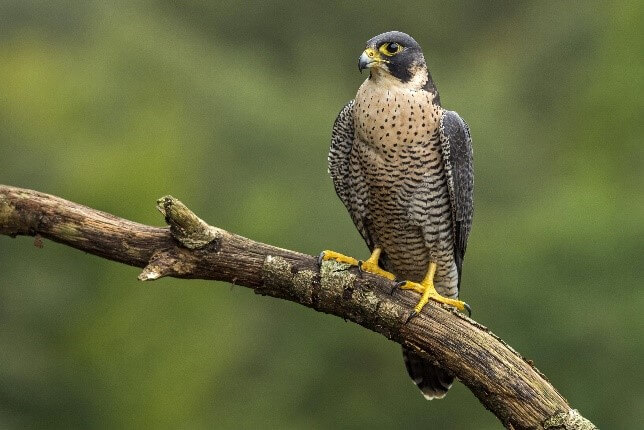
Quick Facts:
- Scientific Name: Falco
- Habitat: Wide-ranging, including urban areas, deserts, and tundra
- Diet: Carnivorous (small birds, mammals)
- Lifespan: Up to 15 years
Falcons are fast and agile birds of prey known for their incredible speed during hunting dives. The peregrine Falcon, for instance, is the fastest animal in the world, reaching speeds of over 200 mph. Falcons have a long history of association with humans through falconry, where they are trained for hunting.
Related: Eagle Names
9. Fire Salamander
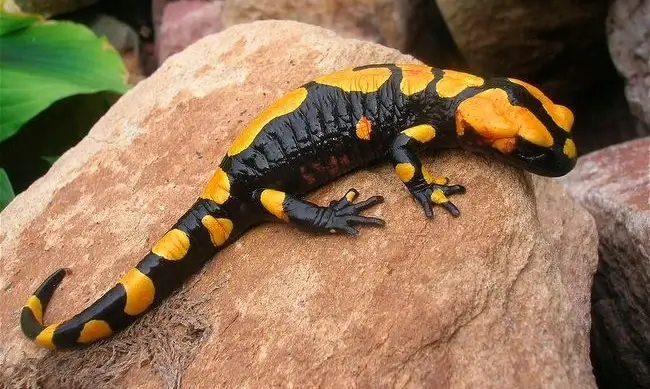
Quick Facts:
- Scientific Name: Salamandra
- Habitat: Moist, temperate forests in Europe
- Diet: Insects, worms, slugs
- Lifespan: Up to 20 years
This amphibian is known for its striking black and yellow patterns. Fire salamanders are nocturnal creatures that thrive in relaxed, damp environments. They are one of the few amphibians that can give birth to live young rather than laying eggs. Despite their fiery name, they are gentle creatures.
10. Flying Squirrel
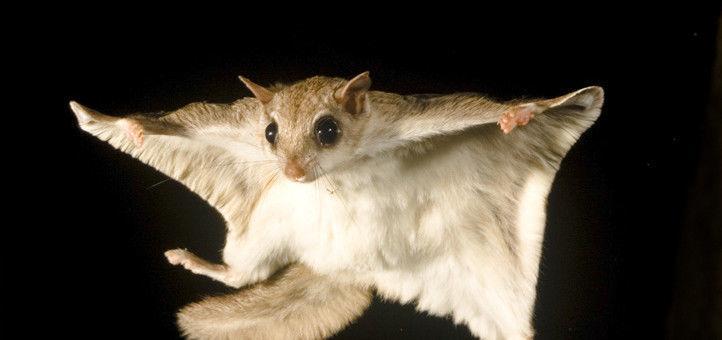
Quick Facts:
- Scientific Name: Pteromyini
- Habitat: Forests in North America, Asia, and Europe
- Diet: Nuts, fruits, insects
- Lifespan: 5-6 years
Flying squirrels are incapable of powered flight but glide between trees using a membrane of skin called a patagium. These nocturnal creatures are excellent at navigating forests and use their gliding ability to escape predators and find food. Their social behavior and cute appearance make them endearing to many.
Related Post:
- Top Animals That Start With A
- Top Animals That Start With B
- Top Animals That Start With C
- Top Animals That Start With D
- Top Animals That Start With E
Conclusion
From the mysterious fossa to the graceful flamingo, animals that start with “F” offer a glimpse into the extraordinary diversity of life on Earth. By learning about these animals, we not only enhance our understanding of the natural world but also gain appreciation for their roles in maintaining ecological balance. Let’s continue exploring, conserving, and admiring these incredible species, ensuring that future generations enjoy their beauty and significance.
- Are Rottweilers Good With Kids? Reasons & Training Tips - 17 September 2025
- How Long Are Dogs Pregnant: Complete Guide - 16 September 2025
- German Shepherd Doberman Mix: Info, Pictures, Care & More - 11 September 2025


